✨ A Journey That Starts with a Single Step
Thinking about walking the Camino de Santiago? You’re not alone. Every year, thousands of people set out on this ancient trail—some for faith, others for adventure, and many simply to find time for themselves.
Whether you’re travelling solo, with friends, or in a group, walking the Camino is more than a hike. It’s a rhythm of footsteps, laughter, and quiet reflection that connects you with history, nature, and people from all over the world.
If you’ve ever felt that pull to go, this guide will help you understand what to expect and how to make your journey smooth, safe, and unforgettable.
Table of contents
- ✨ A Journey That Starts with a Single Step
- 🕊️ What Does It Mean to Walk the Camino de Santiago?
- 🗺️ Choosing Your Camino Route
- 🚶♀️ How Far—and How Long—Do You Need to Walk?
- 💪 How Fit Do I Need to Be?
- 🎒 What Should I Pack?
- 🏠 Accommodation Along the Way
- 🪶 The Pilgrim Passport & Compostela Certificate
- 🌅 When Is the Best Time to Walk?
- 🧳 Your Journey Made Easy
- 💫 Why Walk the Camino?
- 👉 Ready to Begin?
- 🧭 Related Articles
- ❓ Frequently Asked Questions
🕊️ What Does It Mean to Walk the Camino de Santiago?
The Camino de Santiago—or the Way of St James—is a network of ancient pilgrim routes across Europe, all leading to the Cathedral of Santiago de Compostela in Galicia, Spain.
Walking the Camino is about much more than reaching a destination. It’s about discovering new landscapes, cultures, and versions of yourself along the way. Whether you walk for spiritual, cultural, or personal reasons, every pilgrim finds meaning in their own way.
To learn more about the origins of this historic pilgrimage, visit our History of the Camino de Santiago.
🗺️ Choosing Your Camino Route
There’s no single Camino—the routes are as diverse as the people who walk them. The Camino Francés is the most famous, beginning in St Jean Pied de Port and crossing northern Spain. The Camino Portugués is a close second, loved for its friendly coastal towns and seaside views.
For those seeking quiet reflection, the Camino Primitivo offers a rugged, less-travelled path through the mountains. And if the ocean calls to you, the Camino Finisterre continues beyond Santiago to the cliffs of Spain’s “world’s end.”
You can explore all the main routes on our Camino de Santiago Routes guide.
🚶♀️ How Far—and How Long—Do You Need to Walk?
You can walk as much or as little as you like. The key milestone is the Compostela certificate, awarded to pilgrims who walk at least the final 100 km into Santiago (or cycle 200 km).
Most beginners choose the last 100 km of the Camino Francés, starting in Sarria, which takes about one week. If you have more time, you can extend your journey by beginning further back or combining routes.
To customise your itinerary, try our Award-Winning Camino Planner.
💪 How Fit Do I Need to Be?
The Camino is for everyone—young or old, first-timer or seasoned trekker. You don’t need to be an athlete, but you should be comfortable walking several hours a day.
A little preparation goes a long way. Build stamina by walking regularly at home and gradually increasing distance each week. You’ll find detailed guidance in our Camino Fitness Plan and our practical Beginner’s Guide to Walking the Camino.
🎒 What Should I Pack?
Walking light makes everything easier. Pack essentials only—comfortable walking shoes, moisture-wicking clothes, a lightweight rain jacket, reusable water bottle, hat, sunscreen, and a good pair of socks.
You don’t need to carry your whole world on your back! Our Camino Luggage Transfers service moves your bag from hotel to hotel each day, so you can walk freely and focus on enjoying the trail.
For a detailed checklist, see our Camino Packing List.
🏠 Accommodation Along the Way
There’s a place for every pilgrim on the Camino. Options range from traditional albergues (hostels) to charming guesthouses, country inns, and boutique hotels.
If you travel with us, you’ll enjoy hand-picked accommodations chosen for comfort, character, and location—so you can rest well each night and start fresh each morning.
Find out more in our Camino Accommodation Guide.
🪶 The Pilgrim Passport & Compostela Certificate
Your pilgrim passport, or credencial, is your key companion. It’s stamped at churches, cafés, and hotels along the way to mark your progress. Present it at the Pilgrim’s Office in Santiago to receive your Compostela certificate—a beautiful keepsake and symbol of your achievement.
Learn more about how it works in our Camino Pilgrim Passport Guide.
🌅 When Is the Best Time to Walk?
The Camino can be walked year-round, but the most comfortable seasons are spring (April–June) and autumn (September–October), when the weather is mild and the paths are alive with colour.
Each season offers its own charm—spring blossoms, summer festivals, autumn vineyards, or winter solitude. Discover the pros and cons in our guide to the Best Time to Walk the Camino.
🧳 Your Journey Made Easy
We take care of the logistics so you can focus on the experience. Our packages include:
- Pre-booked accommodation
- Daily luggage transfers
- 24/7 assistance and emergency support
- Detailed route notes and navigation app
- Optional airport transfers and guided departures
Whether you prefer to walk independently or join one of our Guided Camino Tours, you’ll always have expert support behind you.
💫 Why Walk the Camino?
People walk for many reasons—to heal, to celebrate, to reflect, to reconnect. Whatever your motivation, the Camino meets you exactly where you are.
You’ll share meals, stories, and moments of silence. You’ll cross landscapes that shift from vineyards to villages, from ocean to mountains. And somewhere between your first step and your final one, you’ll realise that you’ve changed.
👉 Ready to Begin?
Let us help you plan your perfect Camino adventure. Whether you want a quiet solo journey or a lively guided experience, we’ll make sure it’s smooth, safe, and memorable.
Start your journey with our Award-Winning Camino Planner.
🧭 Related Articles
❓ Frequently Asked Questions
Q: How long does it take to walk the Camino?
A: From 5 weeks on the full Camino Francés to 1 week on the last 100 km.
Q: Do I need to be religious?
A: Not at all—many people walk for personal or cultural reasons.
Q: Can I walk solo?
A: Yes! The Camino is safe and welcoming for solo travellers.
Q: What if I can’t carry my bag?
A: Luggage transfers move your bag each day so you can walk light.
Q: What is the Compostela certificate?
A: It’s the official certificate you receive in Santiago after completing at least 100 km on foot or 200 km by bike.
👉 If you’d like a personalised itinerary, try our Award-Winning Camino Planner.
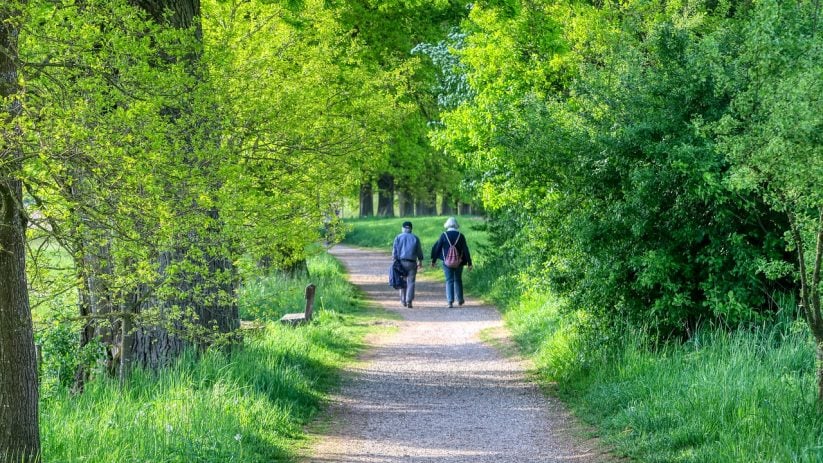
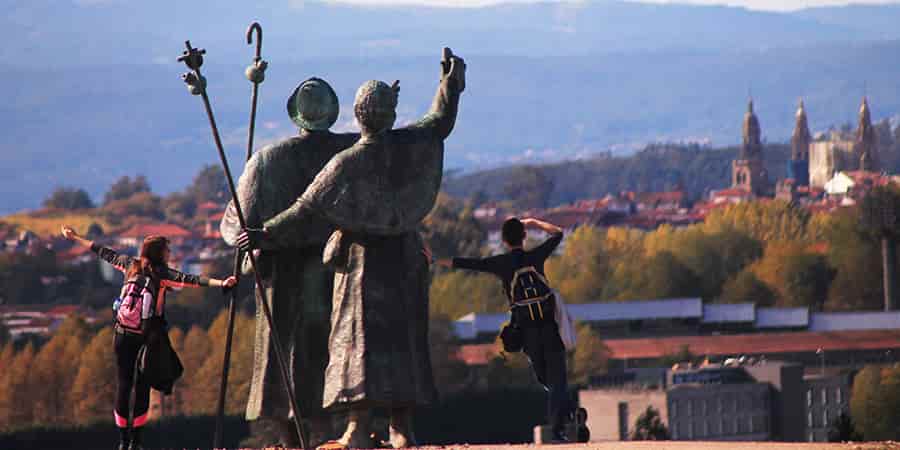
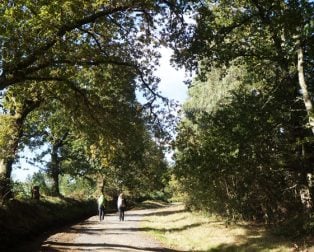
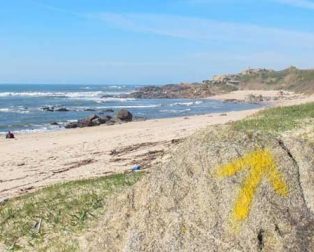
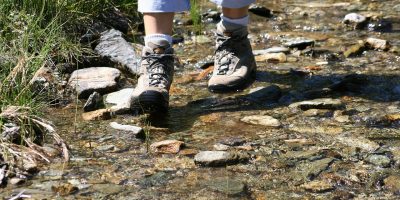
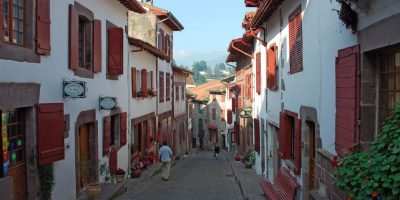
🙂
Hi Cassie,
Thanks for your message. No, not at all, if you travel with us, we have a luggage transfer service, so you only need to carry your daily essentials with you while you walk. You can learn more about our luggage transfers here: https://caminoways.com/camino-luggage-transfers
what guided tours and costs (2025)do you offer departing from Australia
Hi Kevin, here are all of our Guided Tours for 2025 https://caminoways.com/camino-de-santiago-guided-tours. We do not do flights as part of our packages, however you can check our blog on Airports and airport transfers https://caminoways.com/camino-flights-airport-transfers to see what airport is most suited for your chosen route.